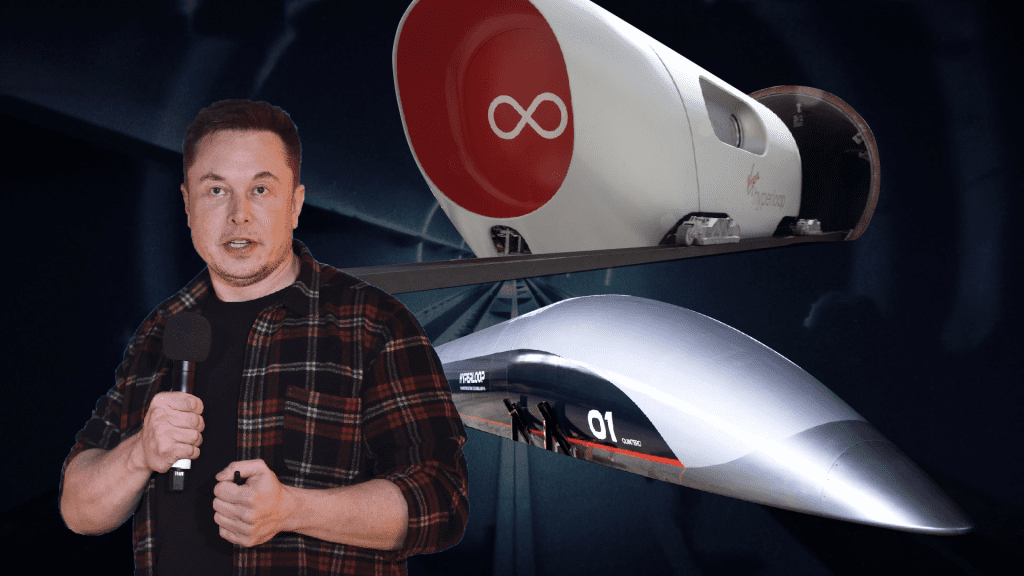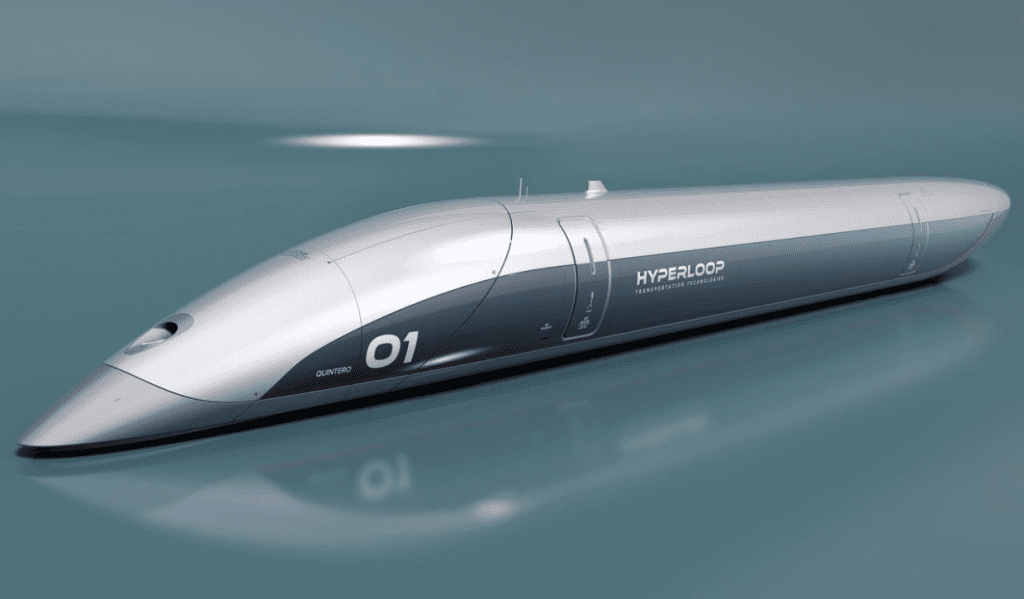The Early Underground Transport Prototype of Elon Musk: A Hidden History of the Hyperloop

Before Elon Musk became known as the tech visionary behind Tesla and SpaceX, and long before Neuralink and The Boring Company revolutionized industries, there was a hidden experiment. Buried beneath a quiet property in Pretoria, South Africa, Musk, at just 17 years old, may have secretly developed a rudimentary underground transportation prototype—an early version of what we now know as the Hyperloop.
The Origins of Elon Musk’s Underground Transport Vision

According to recently resurfaced interviews and unconfirmed engineering sketches from the late 1980s, Musk’s interest in high-speed transit began much earlier than most people realize. Although the project remained largely unknown at the time, those close to Musk say it was his first tangible step toward what would eventually become The Boring Company.
Musk’s Early Fascination with Science and Engineering
Elon Musk’s teenage years in Pretoria were marked by a fascination with science fiction and engineering. A quiet, curious teen, Musk taught himself programming at age 12, creating his own video game. According to a classmate, Musk’s obsession with Mars was even more intense than his interest in girls. But it wasn’t just software and space that intrigued him; Musk also had big ideas for the future of transportation.
Building the ‘Vac Tube’ in Pretoria

Long before the world knew Musk’s name, he was already digging into his passion for underground transport. A close childhood friend recalls how the two spent weekends building a “vac tube”—a 40-meter-long steel pipe partially buried underground. Equipped with an old industrial fan system and a mock capsule, the device could be manually pushed or air-blasted down the tube. Musk called it a “test” for a future in which people could travel through tubes instead of roads.
A Teenage Prototype with Ambitious Goals
Recovered notes from the late 1980s reveal blueprints for the early version of what would later evolve into the Hyperloop. The plans included a “capsule chamber,” “vacuum pressure system,” and even “dynamic magnetic resistance testing.” While the technology to fully implement these ideas was far beyond Musk’s reach at the time, the concept was clear: Musk wasn’t just dreaming; he was prototyping.
Dismissed Ideas and the Challenges of Execution
Despite Musk’s early vision, the project never gained any real attention. Friends and mentors dismissed the idea as a part of Musk’s “hyperactive imagination.” The tunnel, made from scrap metal and secondhand materials, was “more backyard than breakthrough.” But Musk remained determined, continuing to refine the concept over the years until technology, funding, and scale could catch up with his teenage ideas.
The Boring Company: From Concept to Reality

Fast forward to 2016, and Musk launches The Boring Company, a project aimed at revolutionizing urban transportation through underground tunnels. The Loop system, a proposal for autonomous electric vehicles navigating high-speed transit tunnels, echoes the themes of Musk’s teenage prototype: speed, efficiency, and bypassing surface congestion. To those familiar with Musk’s early work, The Boring Company was simply the next chapter in his lifelong pursuit of futuristic transportation.
Conceptual Similarities Between Early Projects and Modern Endeavors
Technical documents for the early Boring Company tunnels bear striking similarities to the early Pretoria tunnel, from the focus on speed and minimal friction to the goal of avoiding surface congestion. Even the design of the early “vac tube” capsule, modeled from a car battery casing, closely resembles the aerodynamic pods envisioned in the current Hyperloop concept.
Musk’s Approach to Innovation: Building Ideas from the Ground Up

Elon Musk has often described himself as someone who goes “deep on things” and explores ideas from every angle. The Pretoria tunnel serves as a glimpse into his method of innovation: starting early, staying quiet, and building—sometimes literally—until the world catches up. This early tunnel experiment is just one example of how Musk has been shaping the future long before he had the resources to make his ideas a reality.
The Hidden Origins of World-Changing Ideas
While most teenagers focus on more conventional pursuits, Musk’s early tunnel project serves as a powerful reminder that world-changing ideas often begin in places no one is watching. Whether this story becomes part of Musk’s official narrative or remains a rumor, it reveals just how early Musk started pursuing the transportation revolution—and it raises the question: What else has he built (and buried) while no one was looking?


